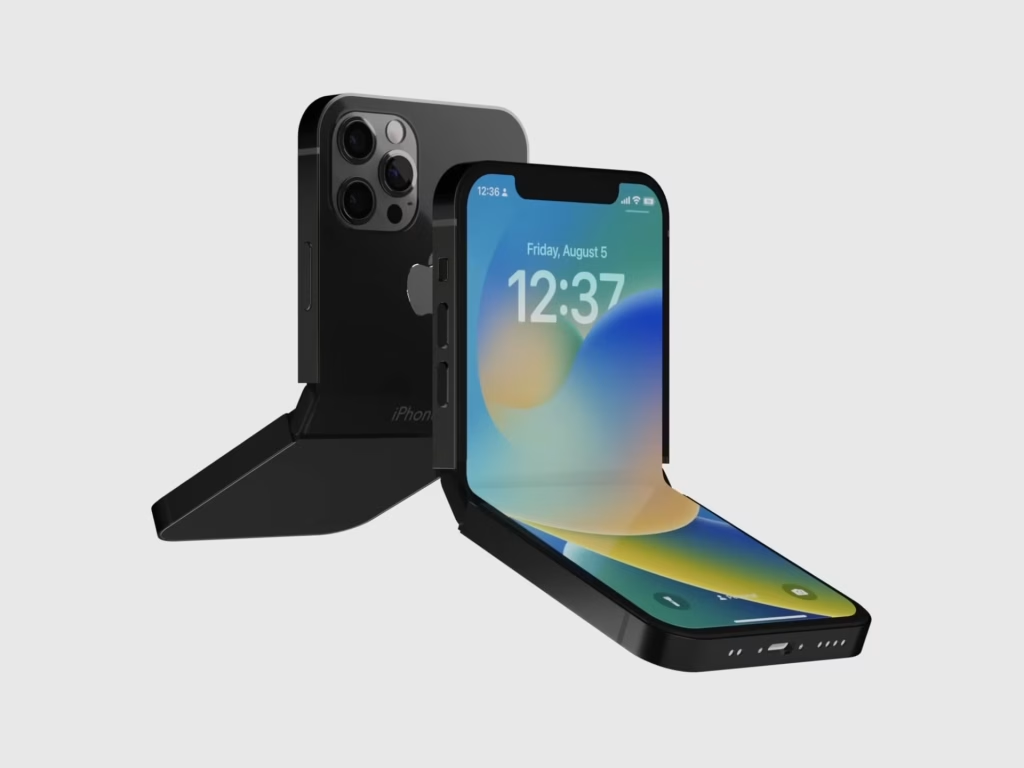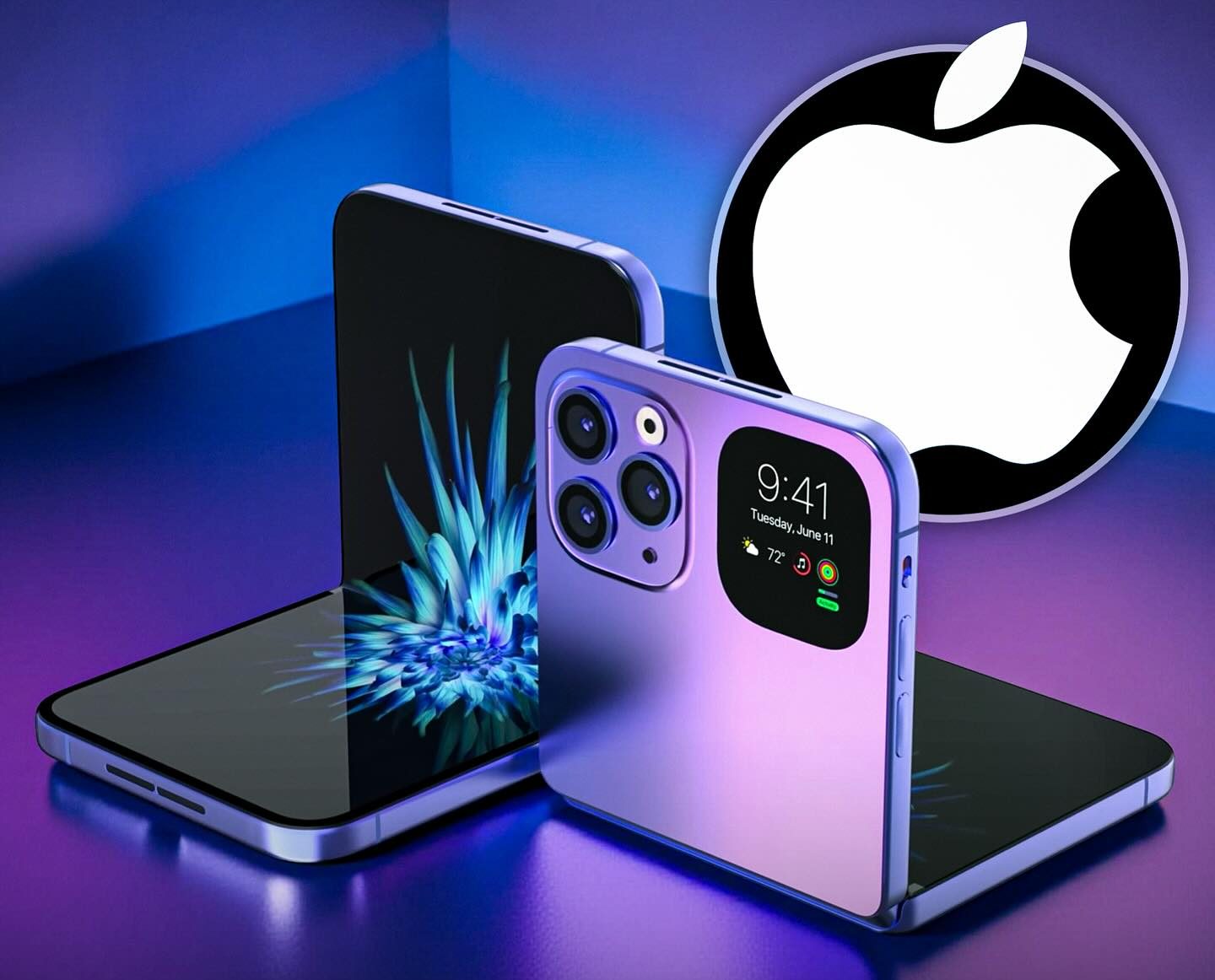Apple Is Finally Building a Foldable iPhone, and It Might Cost $1,999 — Here’s Why Everyone’s Talking About the 2026 Launch
It was only a matter of time, right?
While Samsung, Huawei, and Motorola have been flipping and folding phones like pancakes for the last few years, Apple has sat quietly in the back, watching the game unfold. Some called it patience. Others called it hesitation. But now, it seems Apple is ready to enter the next chapter of smartphone evolution. And yes, it’s foldable.
According to recent reports from credible tech sources like Digital Trends and Bloomberg, Apple is finally working on a foldable iPhone — and the buzz says we might see it as early as September 2026. The expected price tag? Around $1,999.
Let that sink in. A $2,000 iPhone. Foldable. Flexible. Fancy.
For some, that’s pure excitement. For others, it’s: “Wait… why?”
Let’s unpack everything we know so far about this future iPhone, and why it could either revolutionize your pocket — or leave you questioning your wallet.
Not Just a Rumor Anymore

This isn’t just another “leak” by a random Twitter user claiming to have “insider info.” The idea of a foldable iPhone has been quietly building for years through Apple’s patent filings and design experiments. There are confirmed patents for folding OLED displays, hinge mechanisms, and even dual-screen concepts. Apple has been studying the mistakes — and successes — of its Android rivals very carefully.
Tech analysts believe Apple has teamed up with LG and Samsung to develop display prototypes. The panels? Likely flexible OLED. The form factor? Still unclear — but expectations point toward either a clamshell flip (like the Galaxy Z Flip) or a larger book-style design (like the Z Fold).
And while Apple hasn’t made anything official (as they never do until it’s in your hand), reports from industry insiders like Ming-Chi Kuo and Ross Young suggest that 2026 is the most likely window for a full release.
Why Wait Until 2026?

Let’s be honest — Apple doesn’t rush.
They weren’t the first to do large screens, dual cameras, or even wireless charging. But when they finally do it, they do it polished. That’s what’s happening here.
Apple has reportedly run into durability concerns, especially with folding screens. If you’ve ever seen the crease on a foldable phone from other brands, you know it’s not exactly “invisible.” Apple is allegedly working to eliminate or reduce this issue entirely.
They’re also concerned about software optimization. A foldable phone requires apps and iOS elements that can shift from one screen mode to another seamlessly. Apple wants it to feel natural — not like you’re using a tablet forced into a phone’s skin.
And then there’s battery life. Foldables often sacrifice battery capacity to stay thin and light. Apple, famous for its efficient power management, is likely pushing for a design that doesn’t drain out by 3 p.m.
So, instead of rushing to match trends, they’re betting on perfect timing.
What Would a Foldable iPhone Actually Look Like?

This is where things get fun.
Early concept images and mockups (like the ones making waves on social media) show something that looks like a blend of the iPhone 15 Pro Max and a Galaxy Z Flip. Sleek. Symmetrical. Clean hinges. Possibly a small external display for quick notifications, and a larger 7 to 8-inch internal screen when unfolded.
Apple may even throw in Apple Pencil compatibility, effectively turning your foldable iPhone into a mini iPad.
We’re also hearing whispers about Face ID embedded in the display, a titanium or ceramic frame, and — of course — MagSafe charging. This isn’t just a phone that folds. It’s meant to be a premium, high-end device that showcases what Apple can do when it truly innovates.
And yes, you better believe the camera will be ridiculous.
But $1,999? Really?
Let’s talk about the elephant in the room.
Yes — the price. Two. Thousand. Dollars.
That’s not just a phone anymore. That’s a luxury device. But here’s the thing: people will buy it. Apple has always been positioned as a premium brand. Whether it’s a $1,200 iPhone Pro Max, a $4,000 MacBook Pro, or a $3,499 Vision Pro headset — Apple knows their audience will pay for the experience.
They’re reportedly aiming to sell over 10 million units of the foldable iPhone in its first year. That’s not a fantasy — that’s based on current market interest and Apple’s track record. People line up for days to get new iPhones. A foldable one will be no different.
Think of it this way: foldables are still a niche right now. Apple’s entry could make them mainstream overnight.
A Big Step, But a Familiar Strategy
This isn’t Apple’s first “late arrival” move.
Remember when they dropped the headphone jack, added the notch, or switched to USB-C (finally)? Every time Apple makes a bold change, it first seems shocking — and then becomes the new standard. That’s what could happen with foldables.
Imagine your iPhone folding to half its size and slipping perfectly into your jeans pocket. Imagine reading a book or editing photos on a screen that opens like a book. That’s not just a gimmick — it’s a new way of experiencing mobile devices.
If Apple nails this, others will follow. If Apple fails (unlikely, but possible), it could delay foldables going mainstream.
So… Would You Buy One?
Here’s the big question:
Would you pay $1,999 for a foldable iPhone?
Some of you are screaming, “Absolutely not!” Others are already saving up. It’s a polarizing idea, and that’s what makes it so interesting. We’re on the edge of a new shift in mobile tech — one that could change how we think about phones altogether.
Whether you’re a tech nerd, an Apple fanboy, or just someone who likes shiny new things, 2026 could be the year your phone stops being just a rectangle — and starts folding your expectations in half.
So buckle up. Apple’s next act might just be its most ambitious yet.

